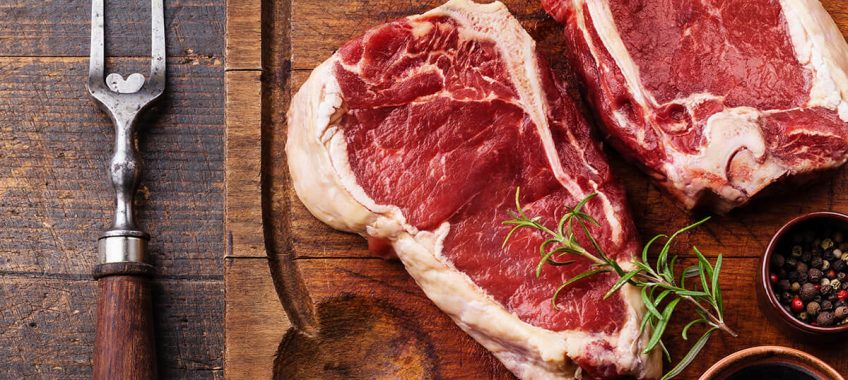They should also make Japan more resilient if the United States tries — as Trade Representative Robert Lighthizer has hinted — to pry open Japan’s markets for rice and beef, which are protected by tariffs.
Iwasa was running an IT company and working on an MBA in Tokyo when his coastal hometown of Yamamoto in Miyagi Prefecture, an area famous for strawberries, was hit by the March 2011 tsunami.
He rushed to help with relief efforts and later saw an opportunity to combine his tech skills with the specialized know-how of a local farmer.
He now heads six-year-old GRA Inc, which has 20 full-time employees and 50 part-timers, including four dedicated to managing overseas orders.
“Farmers’ intuition and experience may not always result in a good harvest. So it’s crucial that we capture that as explicit knowledge in technology and automation, and use that to increase productivity,” Iwasa said. “Also nurturing professional farm managers is needed.”
By leasing surrounding land, Iwasa expanded his farm to 2 hectares, which is about 10 times the size of an average strawberry farm in Japan.
Such larger-scale agribusinesses, many using new technologies, are the future, said Kazunuki Ohizumi, professor emeritus at Miyagi University who has been studying farming trends in Japan for decades.
“Large-scale farmers are the ones to revitalize Japan’s agriculture, which will be changed significantly,” he said. “Of course, IT, robots and artificial intelligence are needed. They will generate jobs to handle such technologies.”
The shift is already underway toward company-run farms, whose numbers jumped to 20,800 last year from 8,700 in 2005.
The number of younger people working in agriculture is slowly rising. The farm industry added just over 23,000 workers under the age of 49 in 2015, up from less than 18,000 five years ago.
Ohizumi predicts that sales from large farms — those with more than ¥50 million in sales — will rise to about three-quarters of total sales by 2030, up from 41 percent in 2015.
